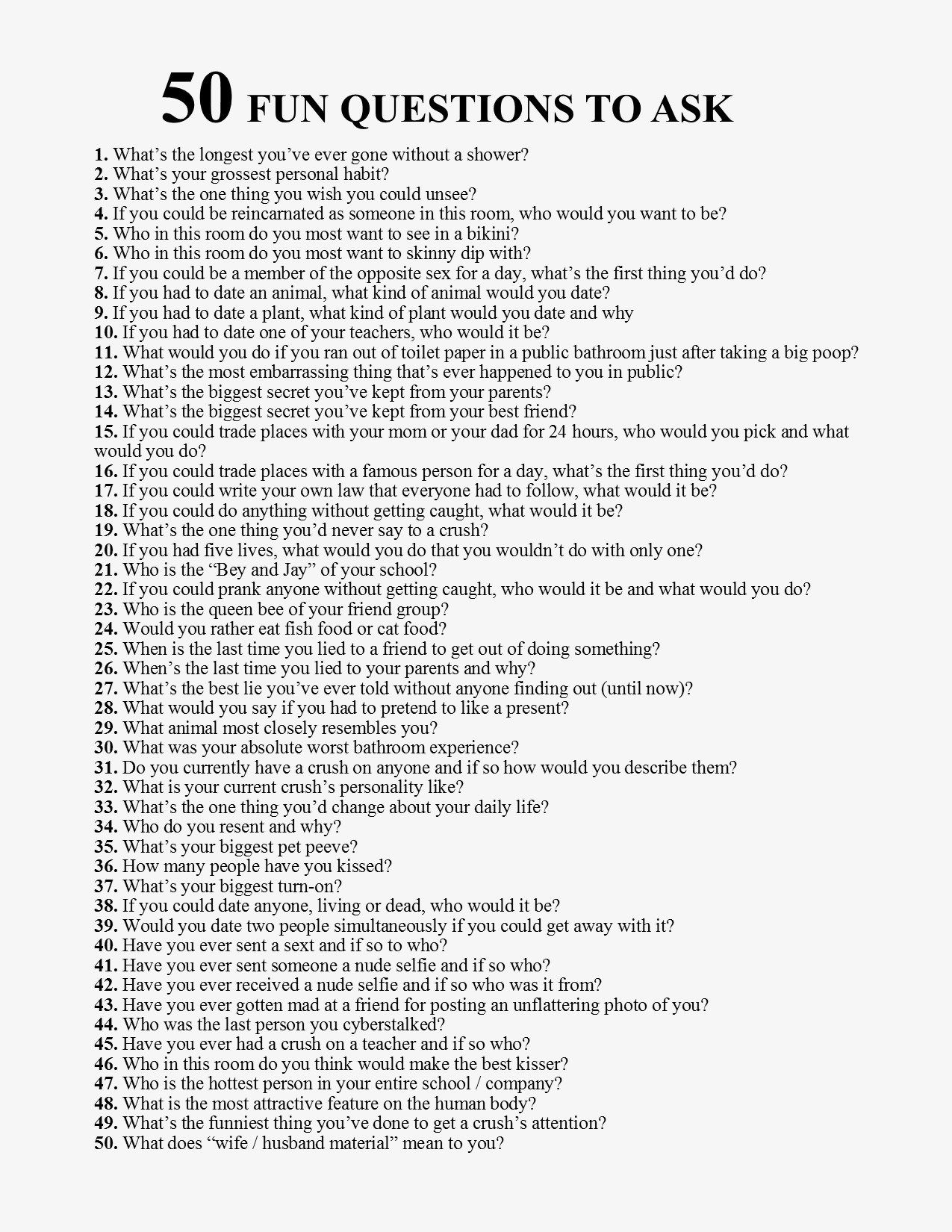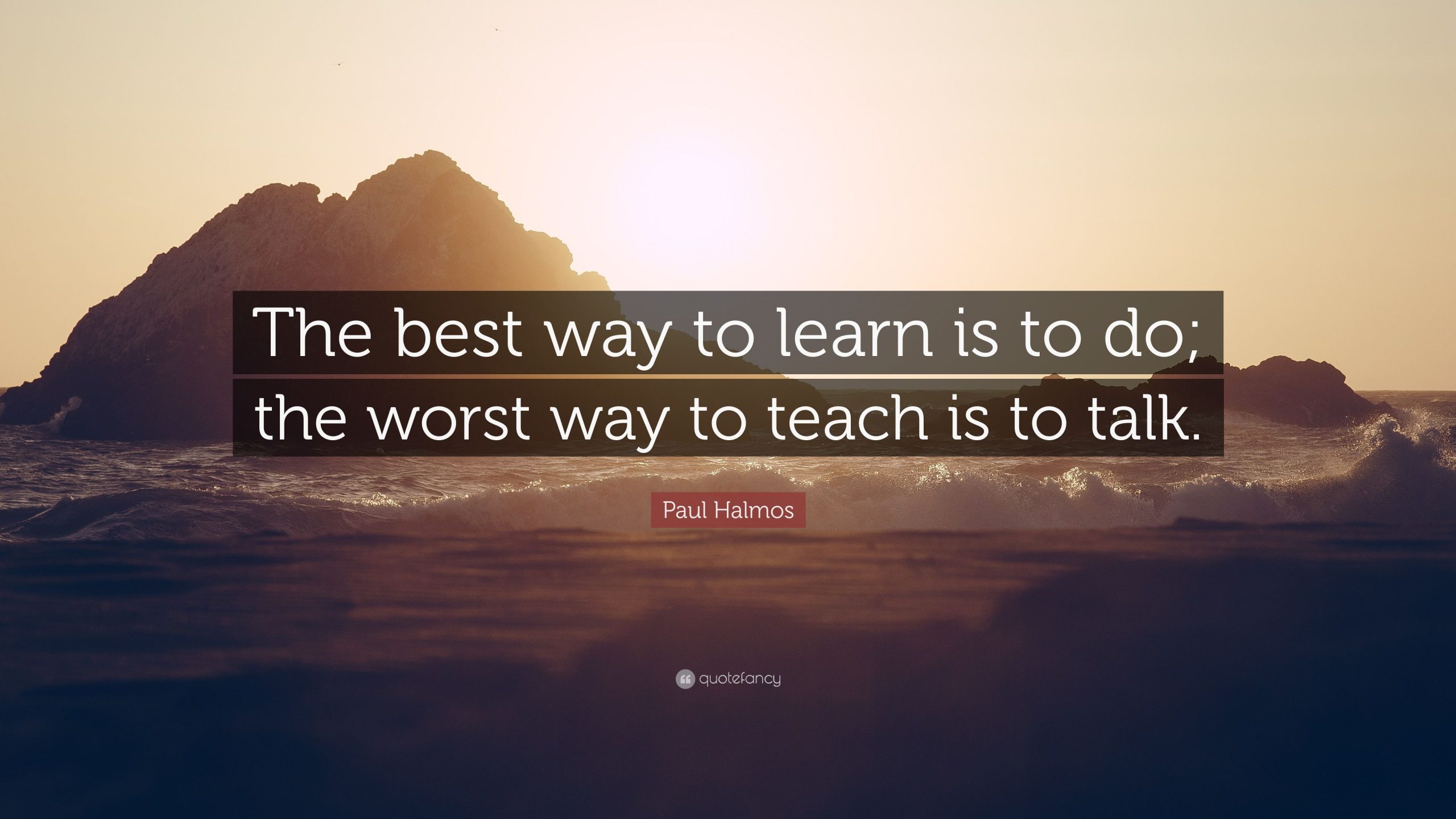 When it comes to choosing a professional camera, determining your specific needs is an essential first step. Whether you specialize in a particular type of photography or have specific goals in mind, understanding the features and capabilities required to achieve your desired results is crucial. By identifying your specific needs, you can narrow down the options and make an informed decision when looking for a professional camera upgrade.
When it comes to choosing a professional camera, determining your specific needs is an essential first step. Whether you specialize in a particular type of photography or have specific goals in mind, understanding the features and capabilities required to achieve your desired results is crucial. By identifying your specific needs, you can narrow down the options and make an informed decision when looking for a professional camera upgrade.
Consider the type of photography you specialize in or plan to pursue. Are you primarily focused on portraits, landscapes, sports, or wildlife photography? Each genre has its own unique requirements in terms of camera features and performance. For example, portrait photographers may prioritize cameras with excellent low-light capabilities and precise autofocus for capturing the subtle nuances of facial expressions. On the other hand, wildlife photographers might need cameras with high burst rates and long telephoto lenses to capture fast-moving subjects from a distance.
Assessing the features and capabilities required to achieve your desired results is essential. Consider factors such as resolution, dynamic range, ISO performance, autofocus system, and frame rate. Higher resolution cameras are ideal for photographers who need to capture intricate details, while cameras with a wide dynamic range are beneficial for landscape photographers who often encounter challenging lighting situations. Additionally, sports photographers may require cameras with fast and accurate autofocus systems to track moving subjects, while videographers might prioritize cameras with advanced video recording capabilities.
Furthermore, think about the future and how your needs might evolve. Are you planning to branch out into new genres of photography or explore different techniques? If so, it’s important to choose a camera that offers flexibility and versatility. Look for a camera system with a wide range of lenses and accessories, as this will allow you to adapt to different shooting situations and expand your creative possibilities.
Once you have a clear understanding of your specific needs, you can begin researching and comparing different camera models that meet those requirements. Read reviews, seek recommendations from other photographers, and visit camera stores to get hands-on experience with the cameras you are considering. Pay close attention to factors such as ergonomics, user interface, and compatibility with your existing equipment.
In conclusion, determining your specific needs is the first step in finding the right professional camera. By considering the type of photography you specialize in or plan to pursue and assessing the features and capabilities required to achieve your desired results, you can narrow down the options and make an informed decision. Remember to think about your future needs and choose a camera system that offers flexibility and versatility. With careful consideration and research, you can find a professional camera that perfectly suits your requirements and helps you capture stunning images in your chosen field of photography.
Research Camera Specifications: Choosing the Perfect Camera for Your Photography Needs
When it comes to capturing stunning photographs, having the right camera can make all the difference. With the plethora of camera models available in the market, it can be overwhelming to find the one that suits your photography style and requirements. To make an informed decision, it’s essential to delve into the realm of camera specifications. In this article, we will explore the key specifications to consider when researching cameras, enabling you to choose the perfect tool to bring your creative vision to life.
One of the primary factors to examine is the sensor size. The sensor is the heart of a camera, as it captures the light and converts it into a digital image. Different camera models offer varying sensor sizes, such as full-frame, APS-C, or Micro Four Thirds. Larger sensors tend to deliver better image quality, dynamic range, and low-light performance, making them ideal for professional photographers or enthusiasts seeking high-quality results.
Another crucial aspect to evaluate is the megapixel count. While it’s true that more megapixels generally allow for greater detail and larger prints, it’s important to consider how you plan to use your images. If you primarily share your photos online or print them in standard sizes, a camera with a moderate megapixel count will suffice. However, if you require extensive cropping or large-scale prints, investing in a camera with a higher megapixel count can provide the necessary flexibility.
ISO range is yet another specification to examine. The ISO setting determines the camera’s sensitivity to light, allowing you to capture images in different lighting conditions. Cameras with a wide ISO range provide better versatility, enabling you to shoot in challenging environments without compromising image quality. Consider your photography style and shooting scenarios when assessing the ISO range of potential camera models.
An efficient autofocus system is essential for capturing sharp and crisp images. Look for cameras that offer advanced autofocus technology, such as phase-detection or hybrid autofocus systems. These technologies help track moving subjects accurately and ensure precise focus, particularly in fast-paced photographic genres like sports or wildlife photography. For videographers, a camera with reliable autofocus is crucial, as it allows for smooth and professional-looking videos.
Continuous shooting speed is a vital consideration for those interested in action photography or capturing fleeting moments. The frames-per-second (FPS) rate determines how many images a camera can capture in a single second. Cameras with higher continuous shooting speeds enable you to capture a series of images rapidly, increasing the likelihood of capturing the perfect shot. Evaluate the FPS rate of different camera models and choose one that aligns with your photography needs.
Lastly, don’t forget to assess the video capabilities of the cameras you’re researching. If you have a keen interest in videography, look for cameras with features like 4K resolution, high frame rates, and manual controls for exposure and focus. Consider the type of content you intend to create and ensure the camera you select offers the necessary video capabilities to bring your vision to life.
By thoroughly researching camera specifications, you can make an informed choice when selecting the perfect camera for your photography needs. Understanding factors such as sensor size, megapixel count, ISO range, autofocus system, continuous shooting speed, and video capabilities empowers you to choose a camera that aligns with your creative goals. So take your time, compare different models, and embark on a photographic journey armed with the perfect tool to capture your unique vision.
Research Camera Specifications: Choosing the Perfect Camera for Your Photography Needs
When it comes to capturing stunning photographs, having the right camera can make all the difference. With the plethora of camera models available in the market, it can be overwhelming to find the one that suits your photography style and requirements. To make an informed decision, it’s essential to delve into the realm of camera specifications. In this article, we will explore the key specifications to consider when researching cameras, enabling you to choose the perfect tool to bring your creative vision to life.
One of the primary factors to examine is the sensor size. The sensor is the heart of a camera, as it captures the light and converts it into a digital image. Different camera models offer varying sensor sizes, such as full-frame, APS-C, or Micro Four Thirds. Larger sensors tend to deliver better image quality, dynamic range, and low-light performance, making them ideal for professional photographers or enthusiasts seeking high-quality results.
Another crucial aspect to evaluate is the megapixel count. While it’s true that more megapixels generally allow for greater detail and larger prints, it’s important to consider how you plan to use your images. If you primarily share your photos online or print them in standard sizes, a camera with a moderate megapixel count will suffice. However, if you require extensive cropping or large-scale prints, investing in a camera with a higher megapixel count can provide the necessary flexibility.
ISO range is yet another specification to examine. The ISO setting determines the camera’s sensitivity to light, allowing you to capture images in different lighting conditions. Cameras with a wide ISO range provide better versatility, enabling you to shoot in challenging environments without compromising image quality. Consider your photography style and shooting scenarios when assessing the ISO range of potential camera models.
An efficient autofocus system is essential for capturing sharp and crisp images. Look for cameras that offer advanced autofocus technology, such as phase-detection or hybrid autofocus systems. These technologies help track moving subjects accurately and ensure precise focus, particularly in fast-paced photographic genres like sports or wildlife photography. For videographers, a camera with reliable autofocus is crucial, as it allows for smooth and professional-looking videos.
Continuous shooting speed is a vital consideration for those interested in action photography or capturing fleeting moments. The frames-per-second (FPS) rate determines how many images a camera can capture in a single second. Cameras with higher continuous shooting speeds enable you to capture a series of images rapidly, increasing the likelihood of capturing the perfect shot. Evaluate the FPS rate of different camera models and choose one that aligns with your photography needs.
Lastly, don’t forget to assess the video capabilities of the cameras you’re researching. If you have a keen interest in videography, look for cameras with features like 4K resolution, high frame rates, and manual controls for exposure and focus. Consider the type of content you intend to create and ensure the camera you select offers the necessary video capabilities to bring your vision to life.
By thoroughly researching camera specifications, you can make an informed choice when selecting the perfect camera for your photography needs. Understanding factors such as sensor size, megapixel count, ISO range, autofocus system, continuous shooting speed, and video capabilities empowers you to choose a camera that aligns with your creative goals. So take your time, compare different models, and embark on a photographic journey armed with the perfect tool to capture your unique vision.
When choosing a new camera, there are several factors to consider to ensure you make the right decision. One crucial aspect is system compatibility. If you already own lenses or accessories from a specific camera brand, it may be advantageous to stick with that brand for compatibility reasons. However, if you’re open to switching systems, it’s essential to evaluate the available lens selection, third-party support, and the overall ecosystem of the camera brands you’re considering.
Sticking with the same camera brand can have its benefits, especially when it comes to compatibility. If you have invested in lenses or accessories over time, they may not be compatible with cameras from other brands. By sticking with the same brand, you can continue to use your existing gear seamlessly, saving you money and ensuring that you can make the most of your investment.
On the other hand, if you’re open to exploring different options and switching systems, it’s crucial to assess the available lens selection. Different camera brands offer varying lens lineups, with some brands having a more extensive range than others. Consider your photography needs and the type of lenses you require. Assess whether the brand you’re considering offers a wide variety of lenses that suit your shooting style and preferences.
Third-party support is another essential aspect to consider. Many camera brands have a strong ecosystem of third-party manufacturers that produce lenses, accessories, and other gear. These third-party options can provide additional choices and often come at more affordable prices than the camera brand’s own offerings. Before making a decision, research the availability of third-party lenses and accessories for the camera brand you’re considering. Having a broad range of options can enhance your photography experience and expand the possibilities for creativity.
Furthermore, evaluating the overall ecosystem of the camera brand is crucial. Consider the brand’s reputation, customer support, and software ecosystem. A well-established brand with a strong reputation is more likely to provide reliable products and excellent customer service. Additionally, a robust software ecosystem can offer advanced features, regular firmware updates, and a community of photographers to connect with.
In conclusion, when choosing a camera, it’s important to consider system compatibility, lens selection, third-party support, and the overall ecosystem of the camera brand. If you already own lenses or accessories from a specific brand, sticking with that brand may be advantageous for compatibility reasons. However, exploring different options and assessing the lens selection, third-party support, and overall ecosystem of other camera brands can expand your possibilities and enhance your photography experience. Whether you decide to stick with your existing brand or switch systems, making an informed decision based on these factors will ensure that you invest in a camera system that meets your needs and allows you to capture stunning images.
Seeking user reviews and expert opinions is an essential step when considering updating your professional camera. By reading reviews from professional photographers who have used the cameras you are interested in, you can gather valuable insights into the camera’s performance. These reviews often cover aspects such as image quality, ergonomics, durability, and overall user experience.
Professional photographers have hands-on experience with different camera models and can provide valuable feedback based on their real-world usage. Their opinions can help you understand the strengths and weaknesses of the cameras you are considering. This information is crucial in making an informed decision and selecting a camera that best suits your needs.
In addition to user reviews, it’s also beneficial to consult reputable photography websites, forums, or experts. These platforms offer a wealth of knowledge and discussions about various camera models. You can find detailed comparisons, in-depth reviews, and expert insights on the pros and cons of different cameras.
Photography websites often have dedicated sections where they analyze and review camera equipment. These reviews are often conducted by professionals who thoroughly test the cameras in different scenarios. They provide objective opinions and technical details, allowing you to understand the specifications and capabilities of the cameras you want to purchase.
Forums are another valuable resource for gathering opinions and recommendations. Photographers from various backgrounds and levels of expertise share their experiences, tips, and suggestions on these platforms. Engaging in discussions and asking questions can help you gain insights into the cameras you are considering.
If you want a more personalized approach, reaching out to experts in the field can be immensely helpful. Experts, such as professional photographers or photography educators, often have extensive knowledge about different camera models. They can provide valuable advice based on your specific requirements, shooting style, and budget.
By seeking both user reviews and expert opinions, you are arming yourself with a wealth of information that can guide your decision-making process. Remember that while these sources are valuable, it’s important to conduct further research and tailor your decision to your specific needs and target audience.
As technology evolves and new camera models are released regularly, staying informed about the latest advancements is crucial. By investing time in gathering opinions and conducting thorough research, you can make an informed decision when updating your professional camera and ensure that it aligns with your photography goals.



